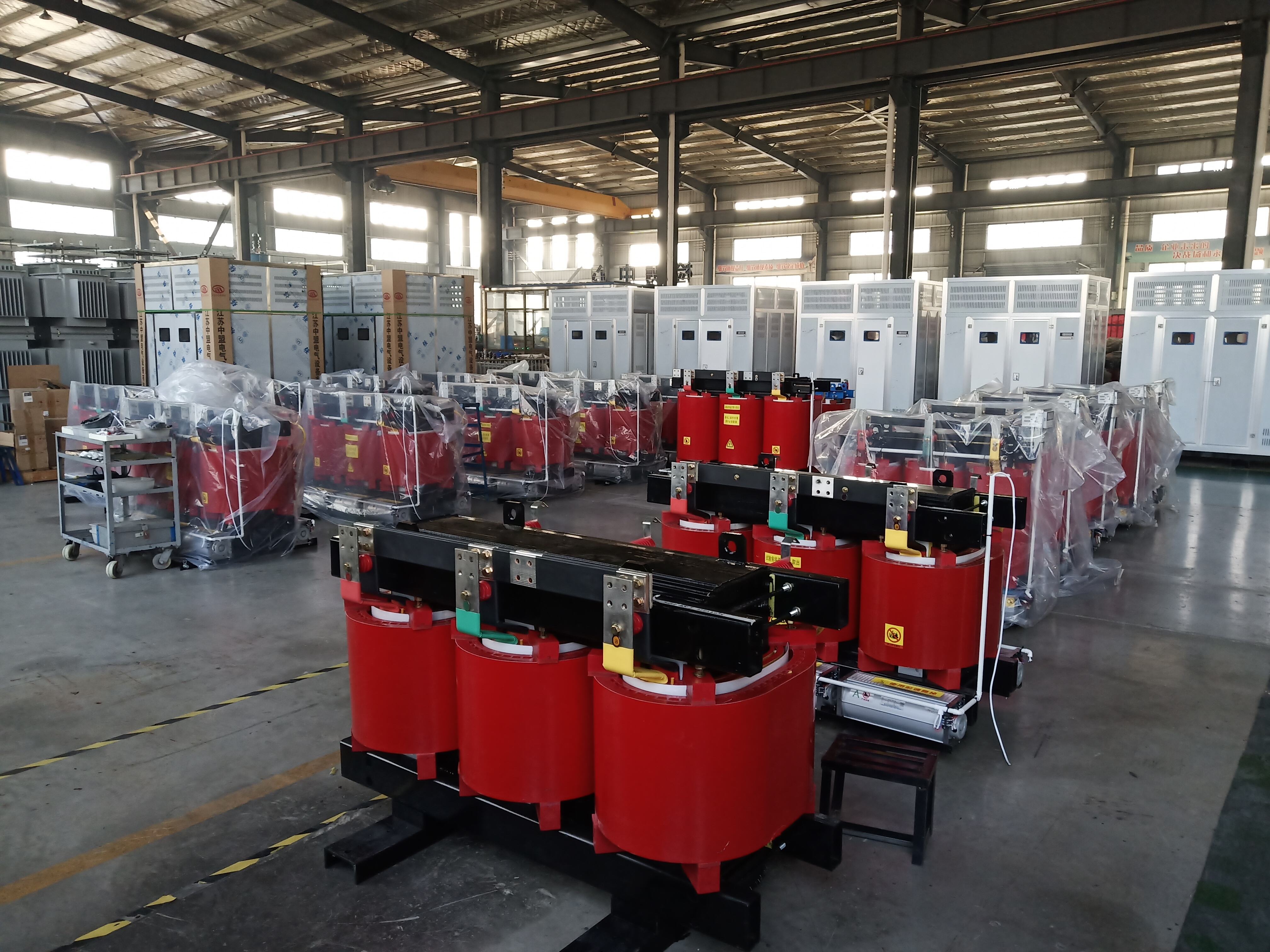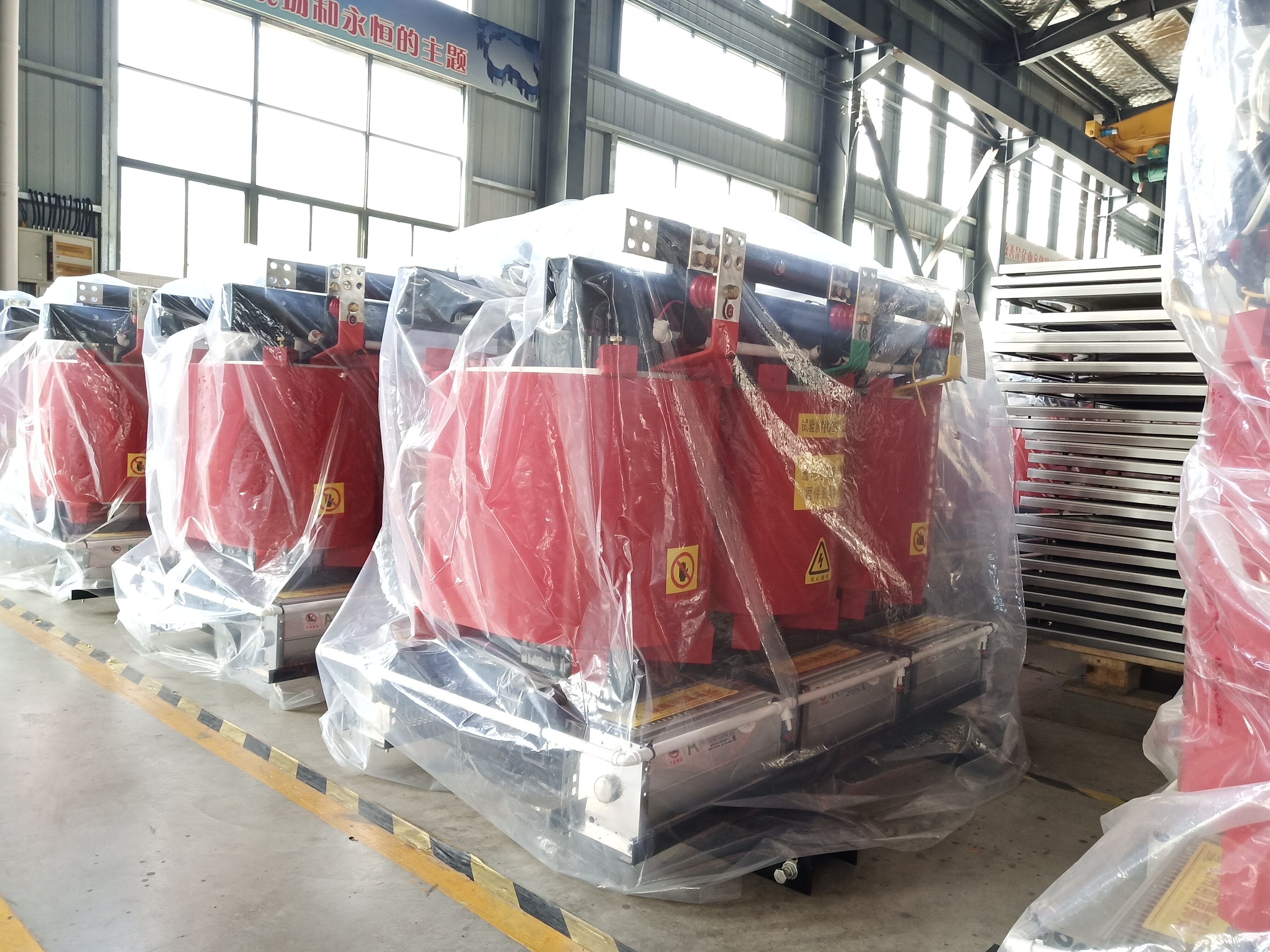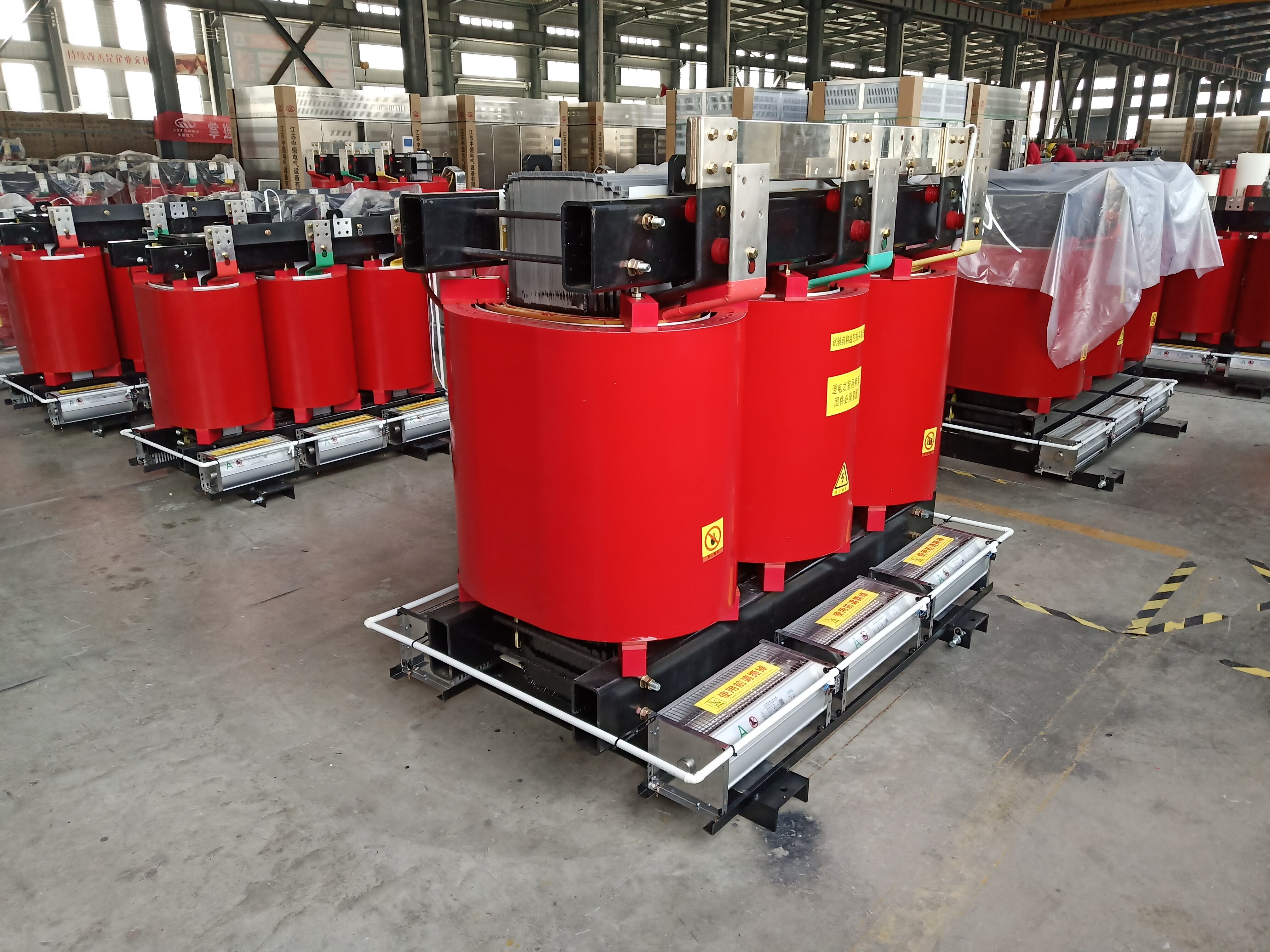dry type distribution transformer
A dry type distribution transformer is an essential electrical device designed to convert high-voltage electricity to lower voltage levels suitable for commercial and industrial applications. Unlike oil-filled transformers, these units utilize air as their cooling medium and feature special insulation materials, typically made from high-grade epoxy resins and other advanced compounds. The transformer's core consists of high-quality silicon steel laminations that minimize energy losses while maintaining optimal performance. These transformers are engineered to operate effectively in indoor environments, making them ideal for installation in buildings, factories, and other facilities where space and safety considerations are paramount. The dry type design eliminates the risk of oil leakage and fire hazards associated with traditional liquid-filled transformers. Operating at frequencies of 50 or 60 Hz, these transformers can handle voltage ranges from 480V to 34.5kV, with power ratings typically ranging from 15 kVA to 3000 kVA. Their robust construction ensures reliable performance in various environmental conditions, while their modular design facilitates easy installation and maintenance.


